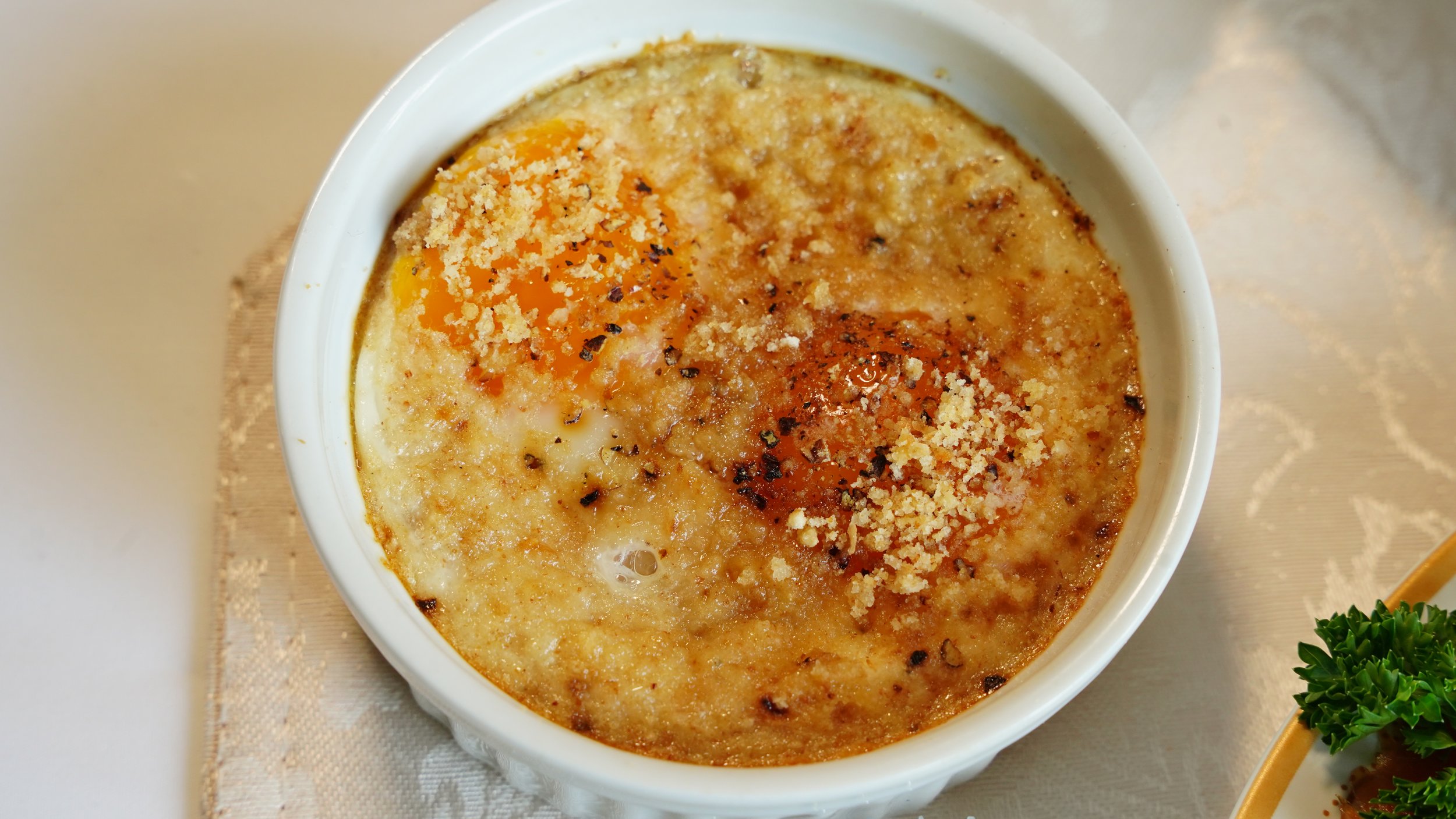
First Class Breakfast on the Titanic: Shirred Eggs Ancient Recipe
Imagine waking up in your luxurious Titanic suite, the gentle rocking of the ocean your lullaby. A knock at the door, and a steaming ramekin of creamy, perfectly baked shirred eggs arrives, a taste of opulence and a testament to the culinary artistry of the era. This isn’t just any breakfast; it’s a glimpse into history, a decadent treat, and a surprisingly easy recipe to recreate at home. Get ready to experience the “First Class Breakfast on the Titanic: Shirred Eggs Ancient Recipe,” a culinary journey back in time!
Personal Touch On Ancient Shirred Eggs
I’ve always been fascinated by the Titanic, its grandeur, and the stories of those who sailed on her maiden voyage. The idea of recreating a dish from its first-class dining experience felt like stepping into a time capsule. The simplicity of this shirred egg recipe, contrasted with the extravagance of its setting, is what truly captivates me. The creamy texture of the eggs, the subtle hints of herbs and spices, and the elegance of the presentation make it more than just breakfast – it’s an experience. I hope, through this recipe, you can share a bit of that history and luxury with me.
Origin and History Of This Recipe
While we can’t pinpoint the exact recipe used on the Titanic, shirred eggs themselves are a classic planning dating back centuries. The basic technique of baking eggs in ramekins, creating a tender, custard texture, has been enjoyed in various forms throughout history. The Titanic’s first-class menu featured an emphasis on fresh, high-quality ingredients and elegant presentations. We can confidently assume their shirred eggs would have incorporated similarly fine ingredients and possibly featured delicate additions. Considering the era’s culinary preferences, it’s likely they incorporated simple yet refined additions like cream, herbs, and perhaps a touch of cheese or finely diced ham. These simple tweaks elevate this simple dish to a far more luxurious experience. For more on the history of egg cookery, check out this Wikipedia article: Shirred Egg
Ingredients List
2 large eggs, at room temperature
1 tablespoon heavy cream or whole milk
1 teaspoon finely chopped fresh chives
1/4 teaspoon freshly grated nutmeg
Salt and freshly ground black pepper to taste
1 tablespoon grated Gruyère or cheddar cheese (optional, for a richer flavour)
2 ramekins (oven-safe dishes)
Butter or olive oil for greasing ramekins
Preparation Steps
- Preheat & Prep: Preheat your oven to 350 °F (175 °C). Lightly grease two ramekins with butter or olive oil. This crucial step prevents the eggs from sticking and ensures easy removal once cooked. You can use a pastry brush for even greasing, or simply rub the butter around the ramekin with your fingertips.
- Whisk the Eggs: In a small bowl, gently whisk the eggs with the heavy cream or milk. Avoid over-whisking to prevent the eggs from becoming too frothy. We want a creamy, consistent texture.
- Season and Add flavour: Season the egg mixture with salt, freshly ground black pepper, chives, and nutmeg. Gently stir in the cheese (if using). The nutmeg adds a warm, subtle spice that complements the richness of the eggs beautifully, whilst the chives lend a fresh, herbal note. Adjust seasonings to taste, depending on your preference.
- Pour and Bake: Carefully pour the egg mixture into the prepared ramekins, filling each about three-quarters full. This prevents the eggs from overflowing while baking.
- Bake to Perfection: Place the ramekins in a baking dish (optional, but helps for even cooking). Pour enough hot water into the baking dish to come about halfway up the sides of the ramekins (this creates a bain-marie, ensuring gentle and even cooking and preventing the eggs from drying out or overcooking). Bake for 12–15 minutes or until the eggs are just set but still slightly moist. The whites should be fully cooked, and the yolks should be only slightly runny if you desire a softer consistency.
- Rest & Serve: remove the ramekins from the oven and let them sit for a few minutes before serving. This prevents the eggs from becoming excessively firm as they continue to cook from residual heat. Garnish with a few extra chives or a sprinkle of paprika if desired. Serve promptly for the best flavour and texture.
Common Mistakes People Make In First Class Breakfast on the Titanic: Shirred Eggs Ancient recipe
Over-whisking the eggs: This leads to frothy, less-creamy eggs.
Not using room-temperature eggs: Cold eggs won’t cook as evenly.
Overbaking the eggs: this results in dry, rubbery eggs.
Not creating a bain-marie: Baking directly on the oven rack can cause uneven cooking and dried-out eggs.
Under-seasoning the eggs: Freshly ground pepper and nutmeg substantially impact the flavour profile.
Common Problems and Solutions in Making First Class Breakfast on the Titanic: shirred Eggs Ancient Recipe
Eggs sticking to the ramekins: Use enough butter or oil to grease them properly.
Eggs overcooking: Reduce the oven temperature or baking time.
Unevenly cooked eggs: Ensure the water level in the bain-marie is correct and that your oven is preheated thoroughly.
Eggs being too watery: Use less milk or cream, or ensure the eggs are cooked long enough.
Cooking time & Servings
Total cooking time: 15–20 minutes (including preheating)
Servings: 2
Nutritional Information
(Note: Nutritional information will vary based on specific ingredients used. This is an approximation.)
Calories: Approximately 200-250 per serving
Protein: 15-20g per serving
Fat: 15-20g per serving
cholesterol: High
health Conditions And People to Avoid This
Individuals with high cholesterol should consume this dish sparingly due to the high cholesterol content in eggs. People with a severe egg allergy should obviously avoid this recipe. Those managing kidney disease might need to limit their egg intake due to the potassium content. Consult your doctor or a registered dietitian if you have any specific dietary concerns.
Nutrition and Benefits To The Body
Protein: Essential for building and repairing tissues, crucial for muscle growth and immune function.
Choline: Supports brain health and liver function.
Vitamin D: Critically important for bone health, immune function, and mood regulation. Vitamin B12: Essential for nerve function, red blood cell formation, and DNA synthesis.
Disadvantages Of Ancient Shirred Eggs
Cholesterol: High cholesterol intake can contribute to heart disease. Eating moderately is perfectly fine, but acquiring excess of these nutrients is harmful.
Saturated Fat: High saturated fat intake may raise LDL (“bad”) cholesterol levels. Eating moderately is perfectly fine, but acquiring excess of these nutrients is harmful.
Tips and Tricks
For extra flavour, add a pinch of smoked paprika or a few slices of sautéed mushrooms to the ramekins before adding the egg mixture.
If you’re dairy-free, replace the cream with unsweetened almond milk or coconut milk.
For a vegetarian twist, use nutritional yeast rather of cheese for a cheesy flavour.
Equipment Needed
Oven
Ramekins (oven-safe dishes)
Baking dish (for the bain-marie, optional but recommended)
whisk
Small bowl
Measuring spoons and cups
Variations or Substitutions
Add different herbs like parsley or dill.
Experiment with different cheeses. Incorporate cooked bacon or ham for a heartier breakfast.
Serving Suggestions For Ancient Shirred Eggs
Serve the shirred eggs directly from the ramekins. Garnish with fresh herbs and a side of crusty bread.
Storage and Reheating Instructions
Store leftover shirred eggs in an airtight container in the refrigerator for up to 2 days. Reheat gently in the microwave or oven until warmed through.
Conclusion
why not embark on a culinary adventure and try this “First Class Breakfast on the Titanic: Shirred Eggs Ancient Recipe” today? Share your photos and experiences on social media using #TitanicBreakfast! let me know in the comments how yours turned out.
Frequently Asked Questions (FAQs)
Q: Can I use other types of milk besides heavy cream?
A: Yes, whole milk or even unsweetened almond milk can be used as alternatives, but the richness might be slightly different.
Q: What if my eggs aren’t set after 15 minutes?
A: Continue baking for a few more minutes, checking every minute until they reach your desired consistency.
Q: Can I use different herbs and spices?
A: Absolutely! Experiment with your favourites. Thyme, rosemary, or even a dash of cayenne could add unique flavours.
Q: Is it necessary to use a bain-marie?
A: A bain-marie ensures even cooking and a creamy texture, but you can bake them directly on a baking sheet if you’re short on time. However, keep a close watch to prevent overcooking.
Q: How can I make this recipe gluten-free?
A: Ensure all ingredients used are gluten-free – this recipe is naturally gluten-free unless you add gluten containing ingredients.
Q: Can I make this ahead of time?
A: You can prepare the egg mixture ahead, but baking is best done just before serving for optimal texture.
Q: What kind of bread pairs well with this dish? A: A crusty baguette or sourdough bread is excellent for soaking up the creamy egg mixture.
Q: Can I add vegetables to the shirred eggs?
A: Yes! Sautéed spinach, mushrooms, or diced tomatoes are great additions.
Q: My eggs are rubbery. What went wrong?
A: You likely overbaked them. Next time, reduce the oven temperature or baking time slightly.
Q: Why is my oven unevenly cooking the eggs?
A: Ensure your oven is properly preheated and consider using a bain-marie for even heat distribution.
Remember to adjust baking times based on your oven and desired level of doneness for your yolks. Enjoy your taste of Titanic luxury!



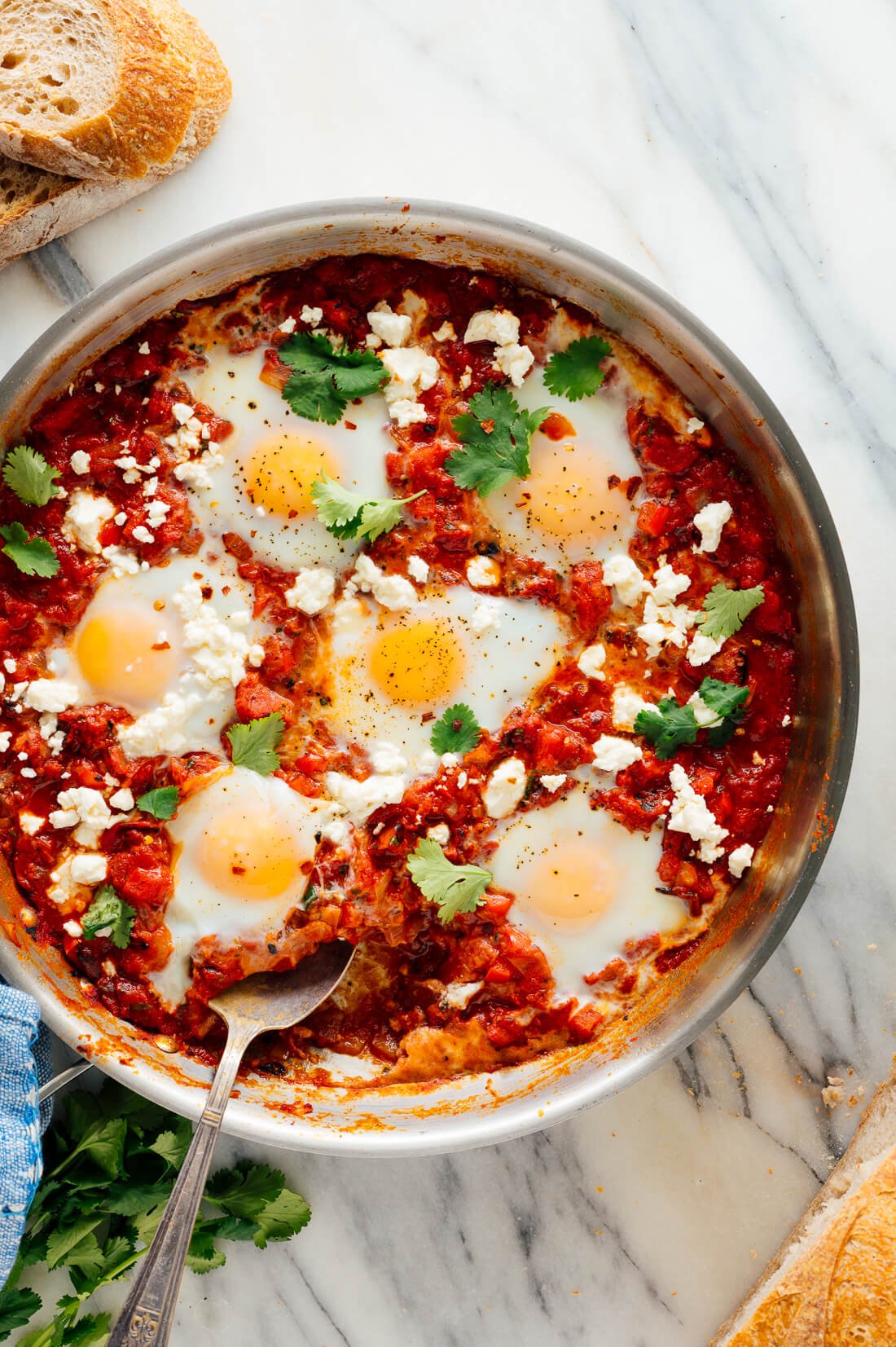


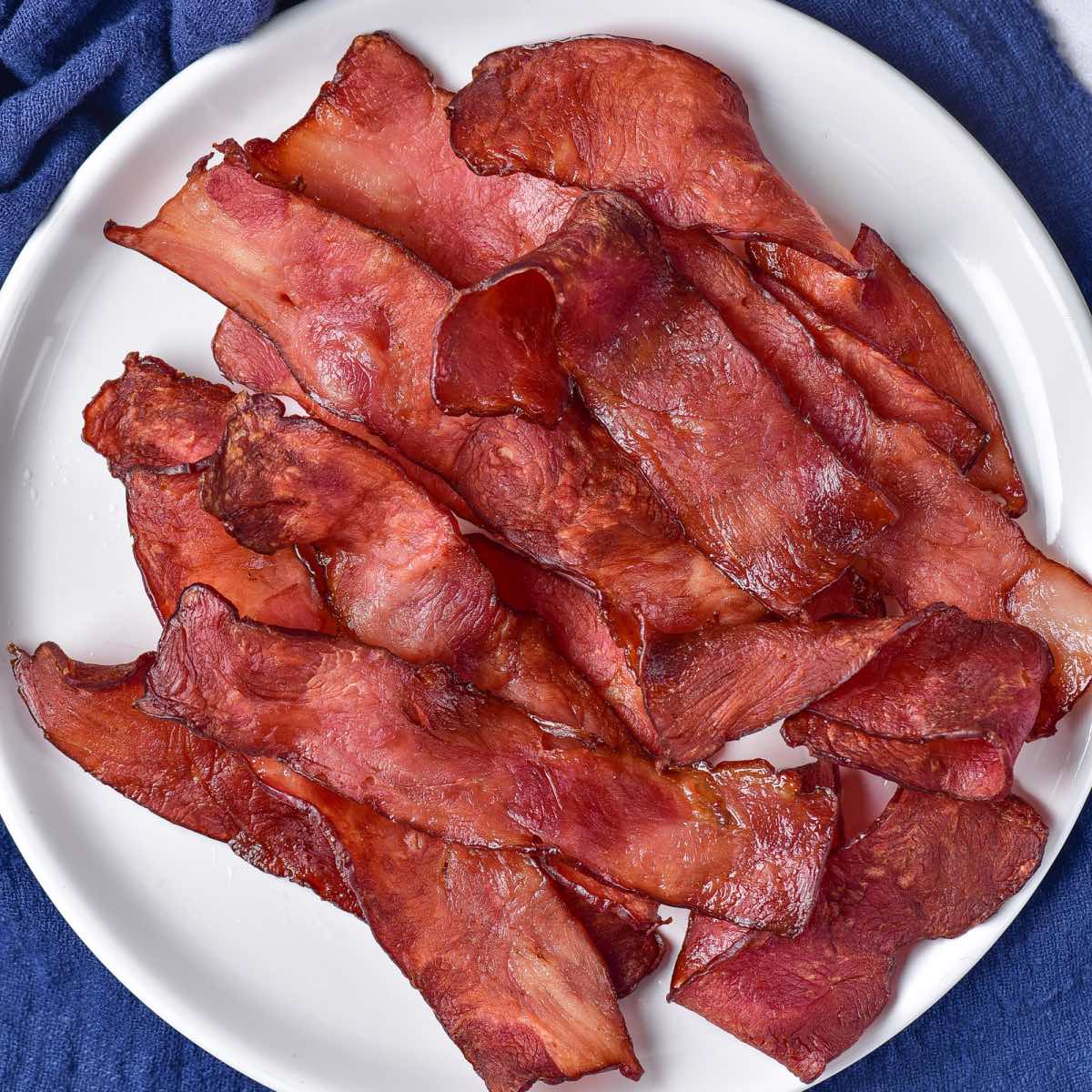





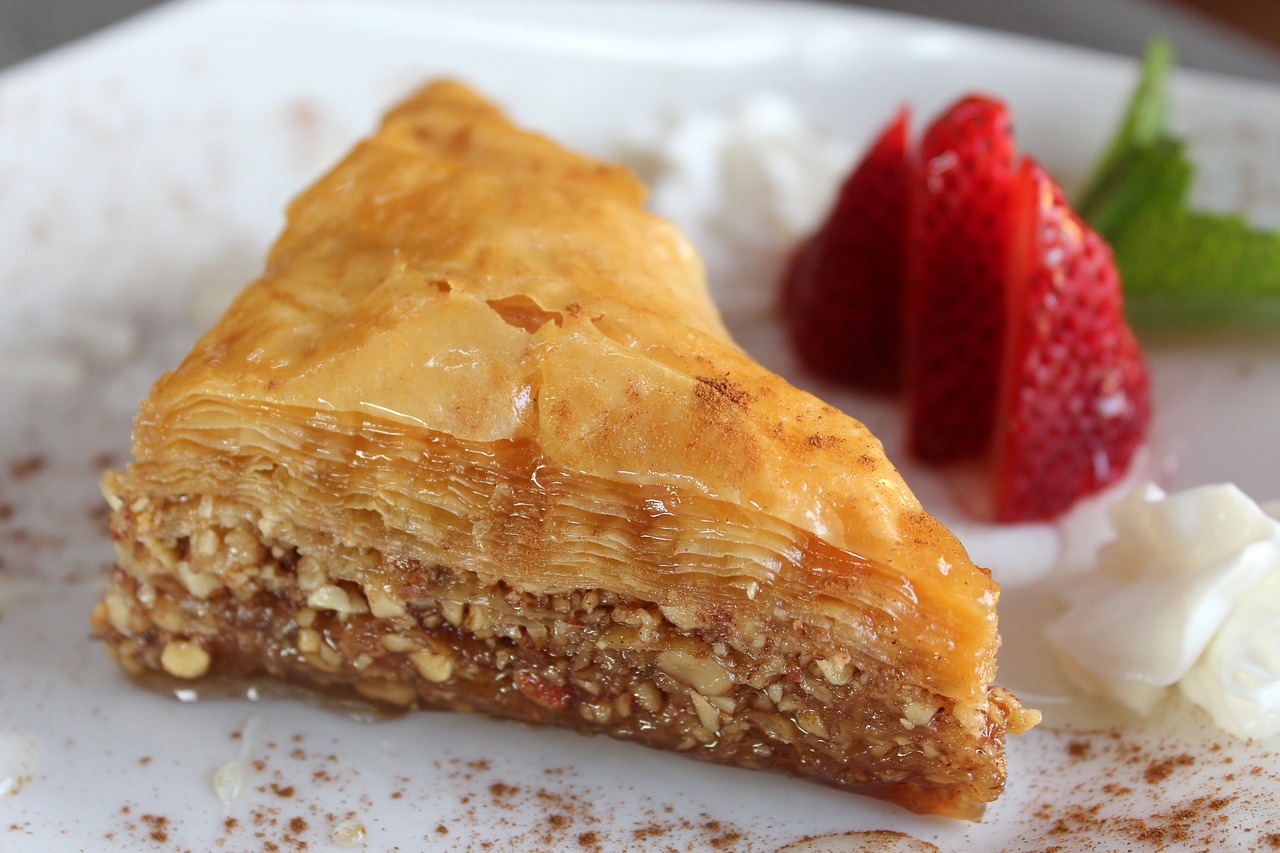
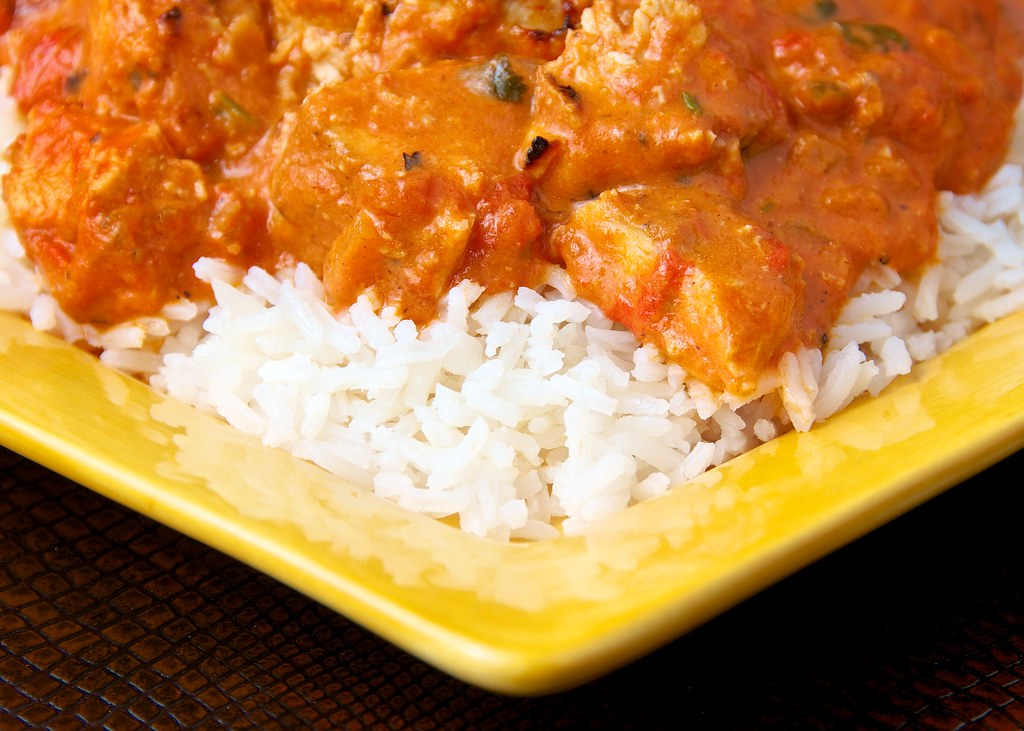

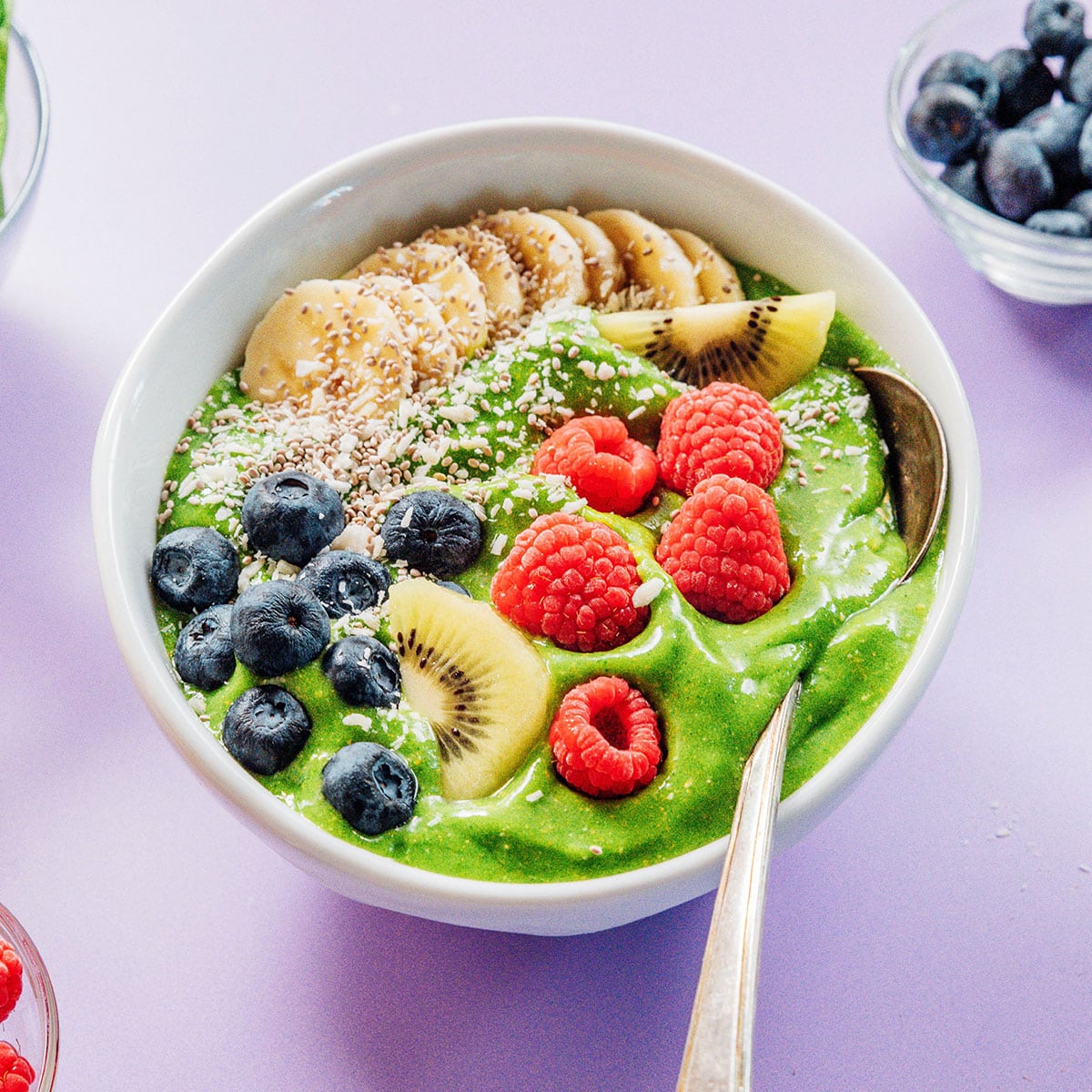


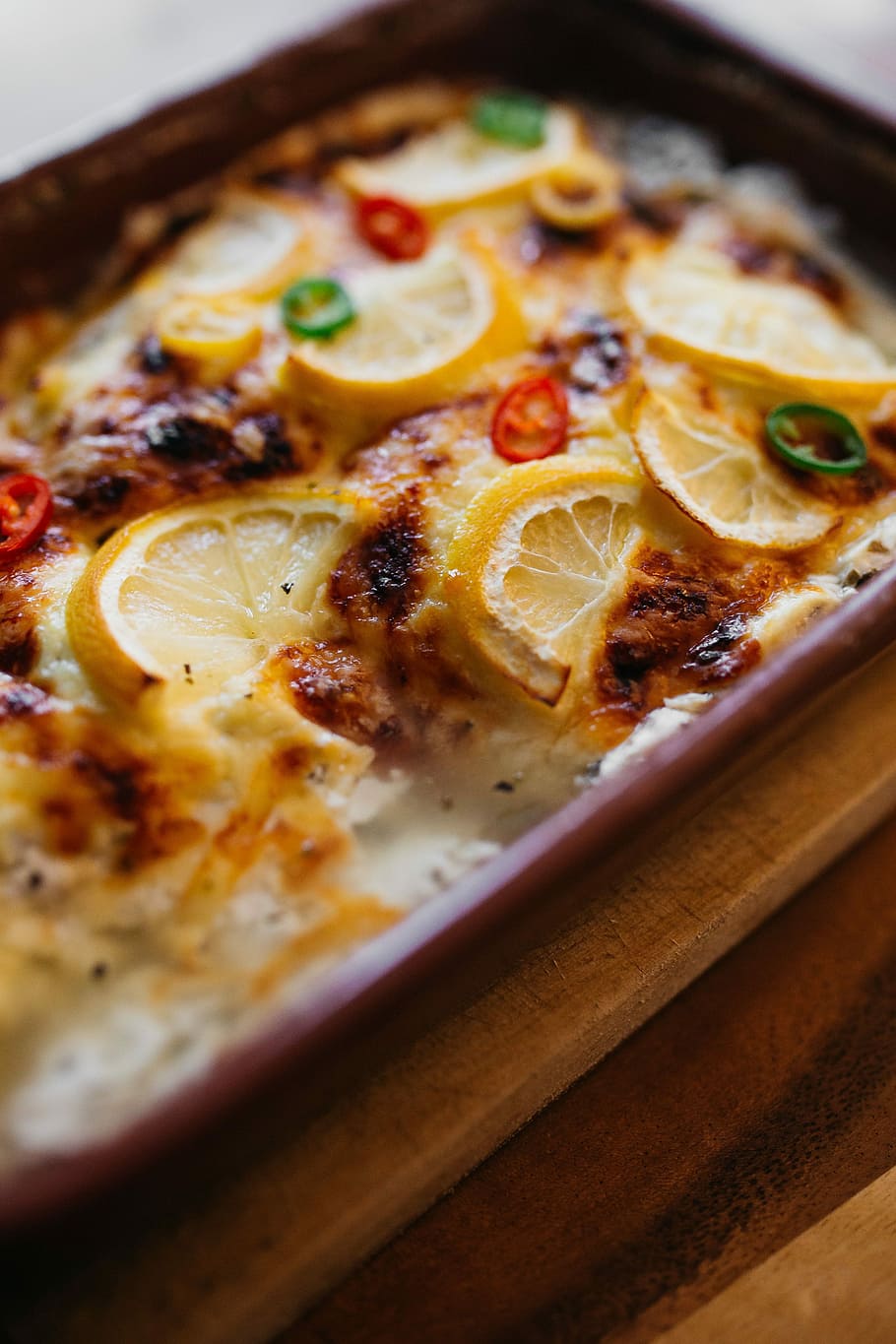


Leave a Reply